Text
When driving an F40 on a normal road is not difficult enough.
108 notes
·
View notes
Text

All trips have an end. Thank you for everything.
26 notes
·
View notes
Photo
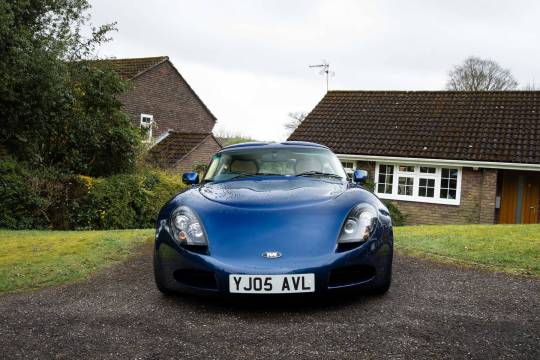

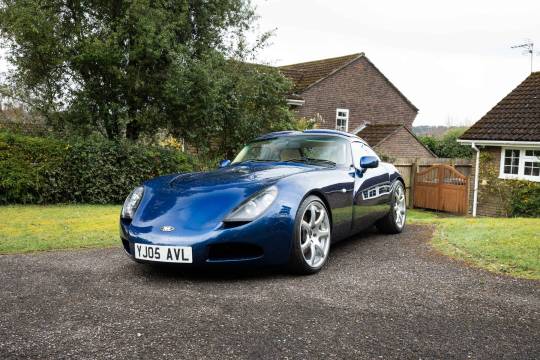

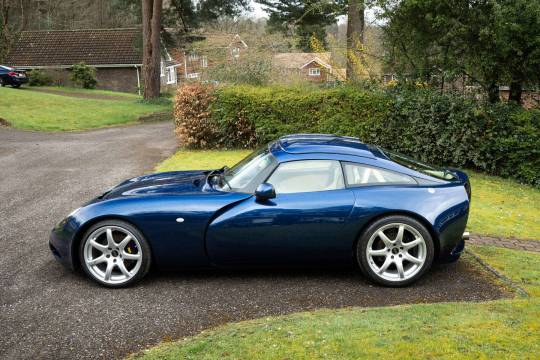
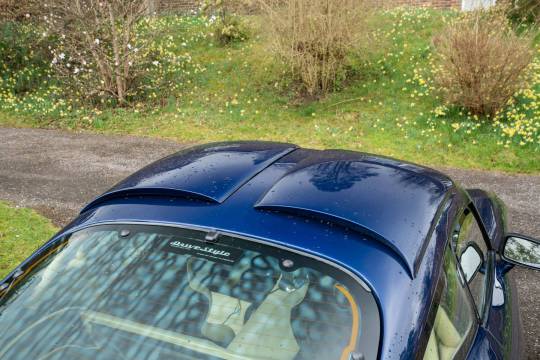

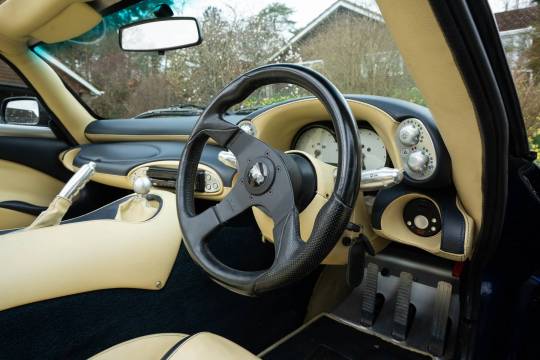
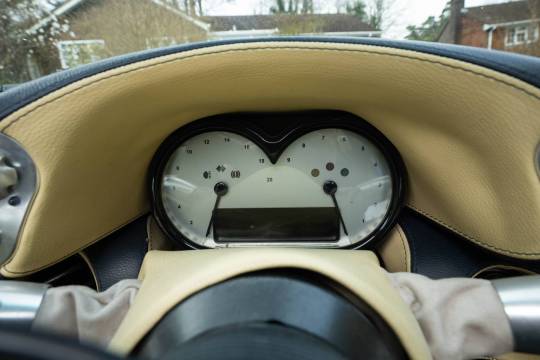

TVR T350T Targa
Powered by the 3.6-litre, 350bhp Speed Six engine, the TVR T350 is based on the Tamora. Available as a coupé and a targa, the end letter in the name denotes the sort of roof you have.
Not that the T350 is all about the roof: with an aerodynamic nose and a rear end a Kardashian would be proud of, the T350 is instantly recognisable – if you manage to spot one that is, because TVR only built 460.
A weight of just 1,187kgs means the T350 has 304bhp/tonne, which equates to a top speed of 175mph after passing 62mph in 4.4 seconds. Independent suspension on all four corners helps keep it pointing where you intended, something the almost perfect weight distribution and electro-hydraulic power steering contributes to.
151 notes
·
View notes
Photo

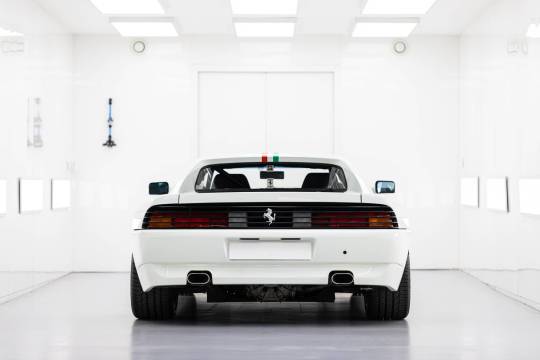

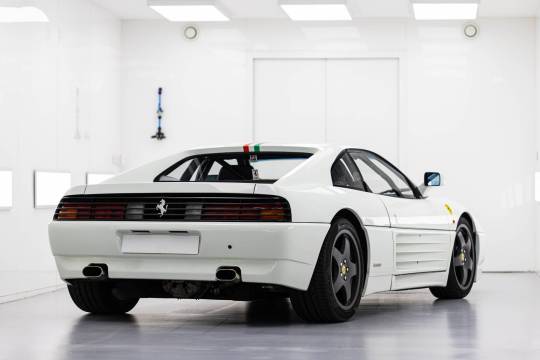


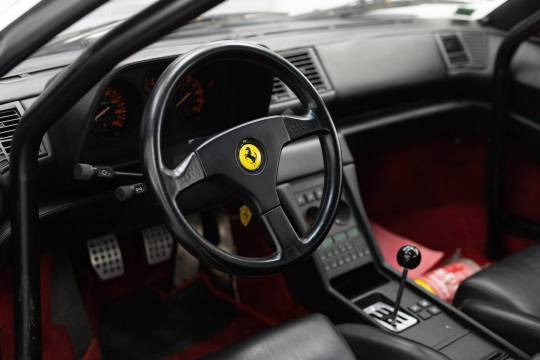



Ferrari 348 Challenge (1 of 100).
The Ferrari 348 was launched at the 1989 Frankfurt Auto Show and came as a replacement for the 328 model series. It featured a mid-engine layout with a naturally aspirated 3.4-litre V8 with four valves per cylinder and double overhead camshafts producing 300 hp, coupled to a five-speed manual transverse gearbox. The model remained in production for six years and a total of 8,844 examples were produced, all versions combined. It was the last V8 model developed under the direction of Enzo Ferrari; the car was commissioned to production shortly after his passing in August 1988.
In 1993, Ferrari Club Nederland founder and President Hans Hugenholtz came up with the idea of launching the Ferrari Challenge. The race series was designated for the 348 and included Italian and European series. The cars used for these race series were modified street versions, the upgrading works often done by Ferrari dealers who installed factory-supplied Challenge kits. The kit included a direct exhaust, carbon seats, roll cage, lowered suspension, 18″ magnesium wheels, onboard fire extinguisher and other details to boost engine performance in addition to technical support on the track. The 348 Challenge’s V8 engine unleashed 320 bhp, 20 or so more than the road version.
Since only 100 examples of the 348 Challenge were built by the factory, many of the rest having been converted by dealers, it is difficult to estimate how many were produced in total. However, the 348 Challenge cars remain a desirable and rare version of this model.
101 notes
·
View notes
Photo
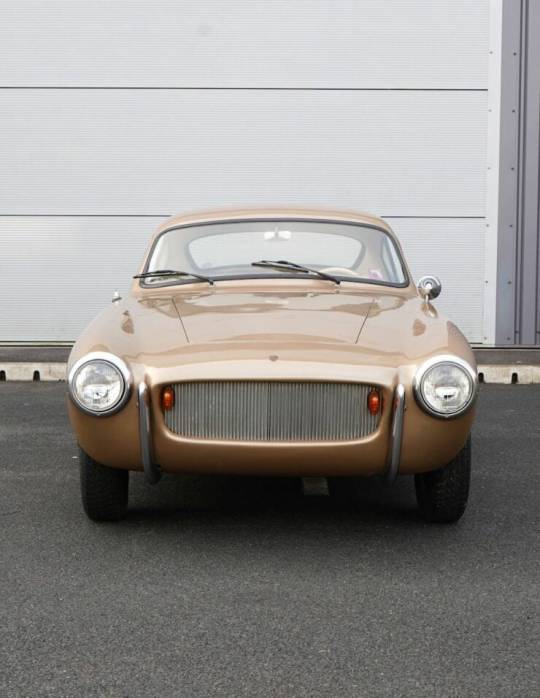
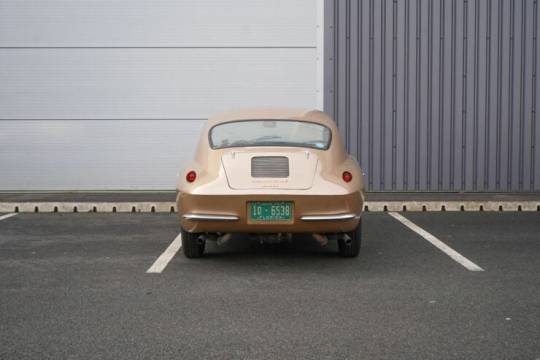

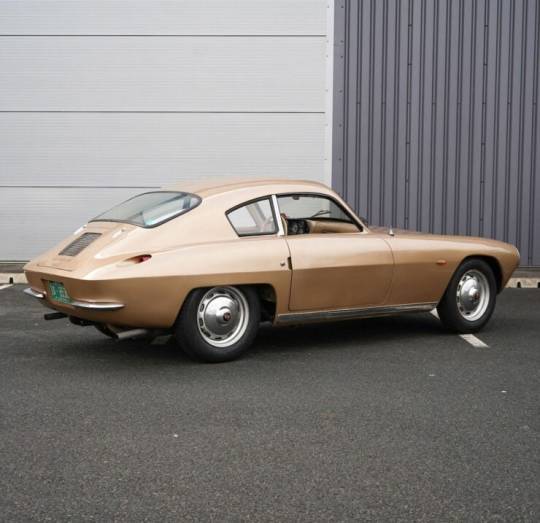


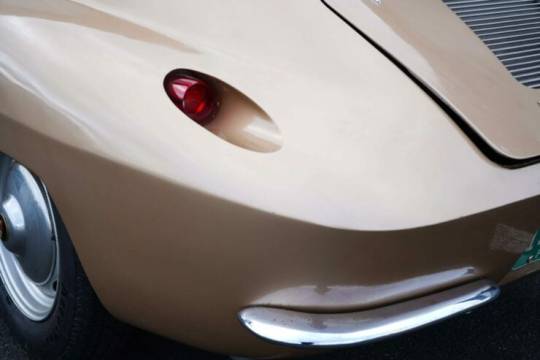

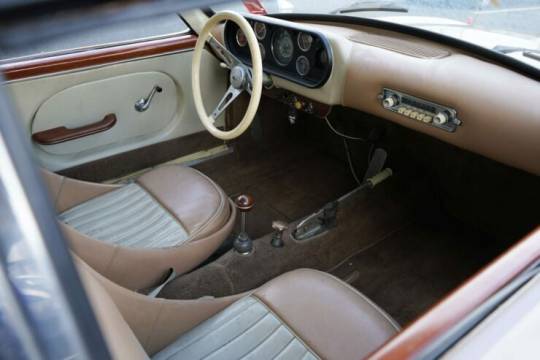
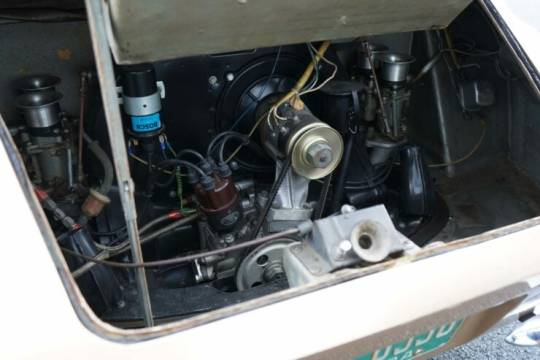
VW-Porsche 356 LaDawri Special
This is the VW-Porsche 356 LaDawri Special, it’s the only one of its kind ever made and up until recently it’s been a “long-lost” mystery car. Images of it would surface from time to time and people would wonder where the car was being hidden, if it still existed, and what its backstory was.
La Dawri Coachcraft was founded in British Columbia, Canada by Leslie Albert Dawes. In 1956 the company debuted the La Dawri Cavalier which would be Canada’s first ever fiberglass car. The company name came from combining Leslie Albert Dawes with his business associate Don Wright – resulting in “L. A. Da Wri” or La Dawri.
The car you see here is the only one of its kind, it’s a La Dawri body based on the earlier Victress C2, which is fitted to a Volkswagen Beetle chassis and powered by a Porsche 356 engine.
It’s a great example of the creative automotive chimeras that were being produced in California in the 1950s and 1960s, with builders taking the best aspects of various cars and bolting them all together into new vehicles.
This car is an interesting mix, it includes that aforementioned VW chassis and Porsche 356 engine, with the brakes, suspension, and 15 inch steel wheels also coming from the Porsche. The 4-speed manual gearbox comes from a VW, and the body comes from La Dawri.
81 notes
·
View notes
Photo
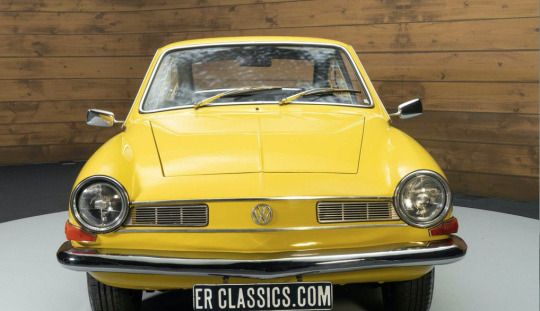




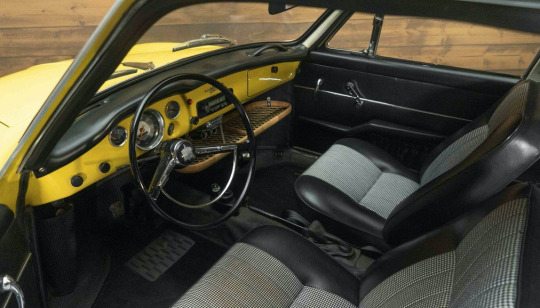

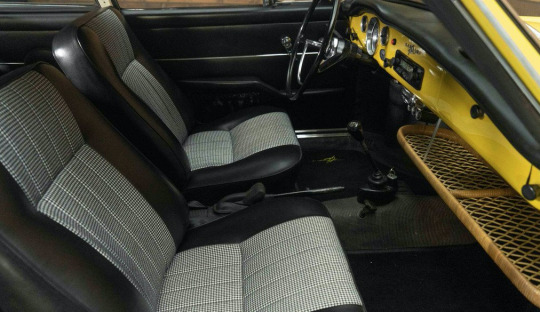


Karmann Ghia TC
The Karmann Ghia TC was only produced for 6 years and was only delivered in South America. Finding a Karmann Ghia TC in Europe is therefore special. The VW t is powered by a 1584cc 4-cylinder engine coupled to a manual gearbox.The body of the Karmann Ghia TC is the creation of the Ghia sheet metal artists, led by none other than legendary car designer Giorgetto Giugiaro. The result of his design is a very nice fastback coupe, with a third door, with the addition TC, which stood for Touring Coupé.
54 notes
·
View notes
Photo

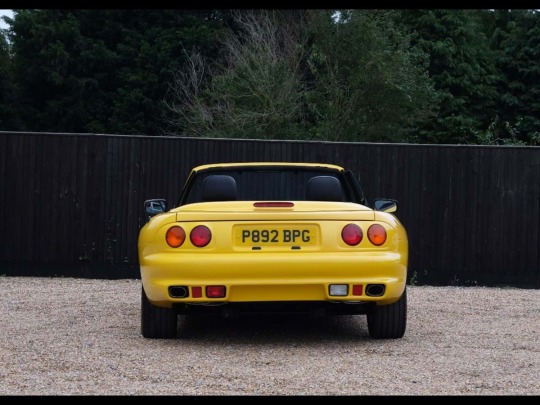
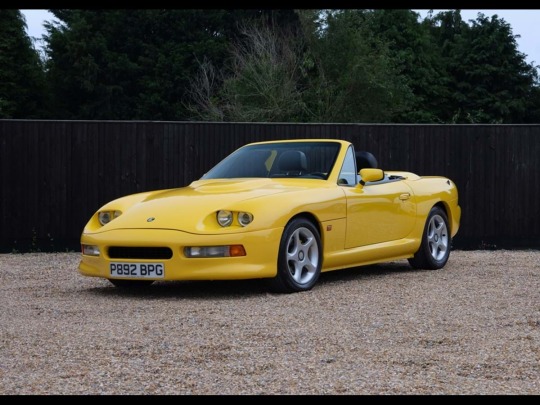
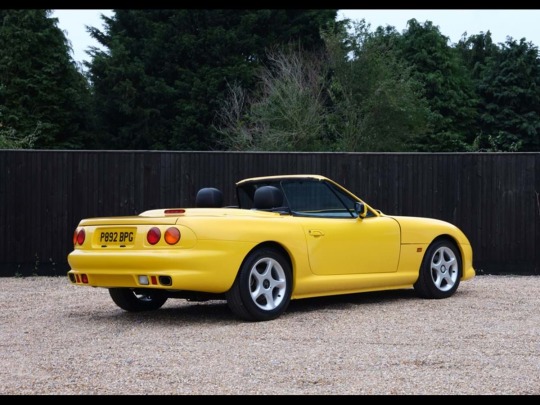
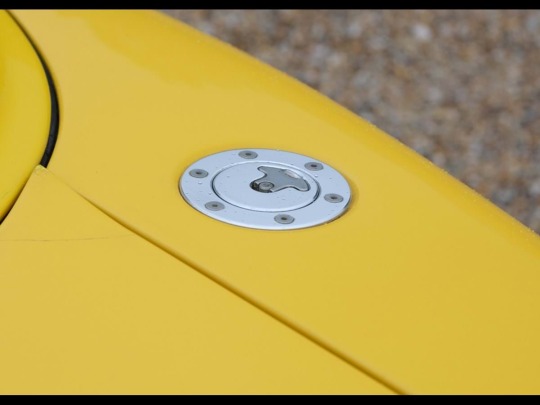
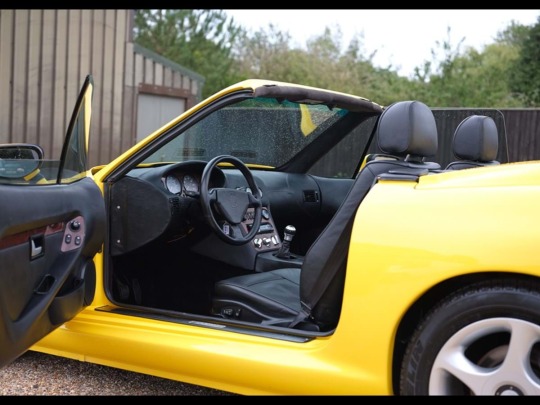



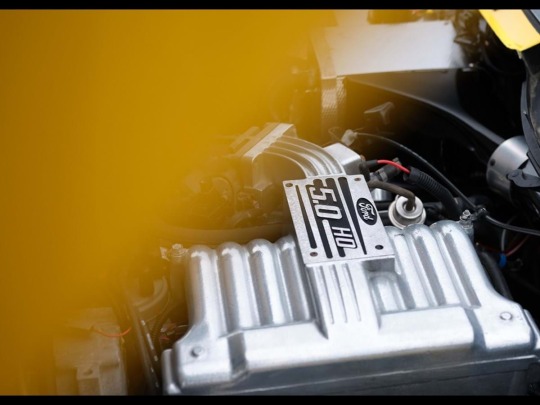
AC Ace Brooklands (1 of 46/49).
The Brooklands Ace had made several public debuts before production finally got underway at AC's traditional manufacturing base at Brooklands, Surrey. Under guidance from Brian Angliss, ACs Managing Director, his team had taken seven years to develop the IAD-designed new model into production reality - no small task for any manufacturer, let alone a minnow such as AC Cars. Powered by Ford's 5.0 litre Mustang engine, the svelte body was handformed in aluminium with an emphasis on luxury and performance and also enjoys an electric hood. In all, only 49 were produced, some say 46!
36 notes
·
View notes
Photo



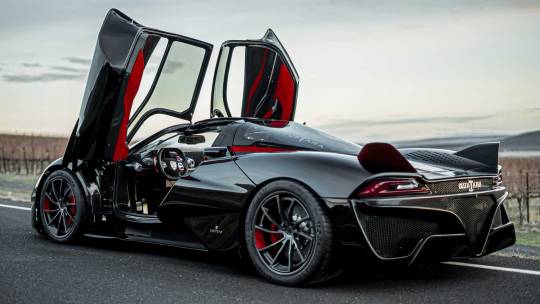
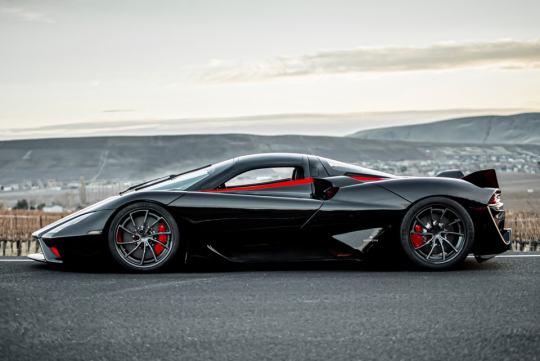

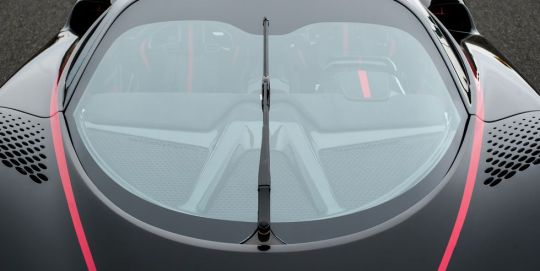



SSC Tuatara (1 of 100).
The jet fighter inspired teardrop canopy, which is suspended within the dynamic fuselage body, is complemented by vertical stabilizing fins at the rear, revealing the cars stunning speed capabilities. The streamlined design has been tuned to produce a near perfect front to rear aero balance, incredible thermal efficiency to ensure stability at all speeds up to its terminal ground velocity along with unrivaled high speed acceleration.
The design of the Tuatara goes further than visual appearance. The intentional design of the body was meticulously crafted to carry the car through the air with unprecedented ease. Boasting an industry leading coefficient of drag of 0.279, the Tuatara is well balanced between unmatched aerodynamics and precision downforce at top speed.Rear static winglets, side mounted buttresses, forward static wing, and a rear active wing manipulate the smooth flowing air to distribute precision down force on the wheels. Air is also diverted to intakes that efficiently cool the powerful drive train, then expelled through perforations in the body to sustain the deliberate airflow. Downforce is systematically applied across the hypercar, providing perfect balance at all speeds.The heart of the Tuatara is an engineering masterpiece in and of itself. Years of meticulous design and engineering at SSC North America culminated into unadulterated power generated from an engine built from the ground up exclusively for the Tuatara. The smooth, balanced power produced offers both incredible performance and a unique hypercar experience. To ensure the engine met the standards of quality, performance, and durability that the hypercar market demands, SSC North America partnered with Nelson Racing Engines to fabricate and manufacture the V8 engine that powers this next generation hypercar.The Tuatara’s unprecedented power is transferred to a CIMA 7 speed transmission, integrated with a state-of-the-art Automac AMT system that operates the engagement and selection of movement in the gearbox. The system includes hydraulic driven components and sensors to produce high force engagement, position accuracy, and load control within milliseconds. The clutch and gear selection actuation are electrically operated, providing high precision and strategic operation. The core of the system is powered by a powerful automotive microprocessor, ensuring exceptional safety and performance.
41 notes
·
View notes
Photo


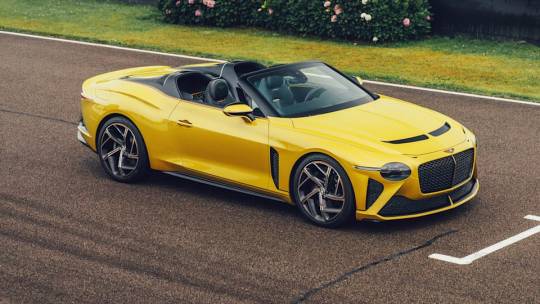

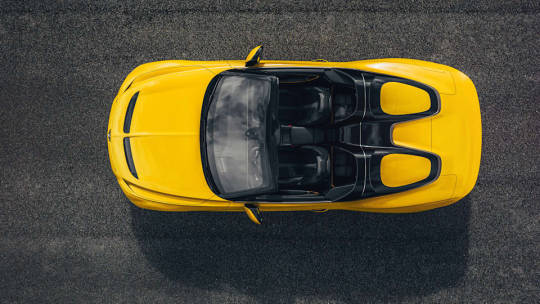

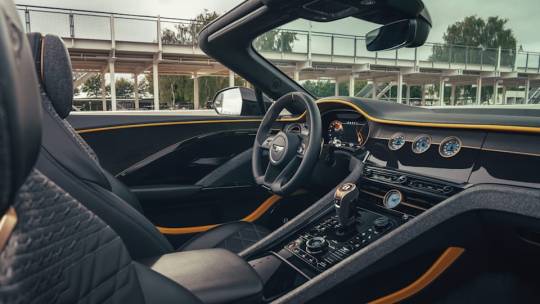
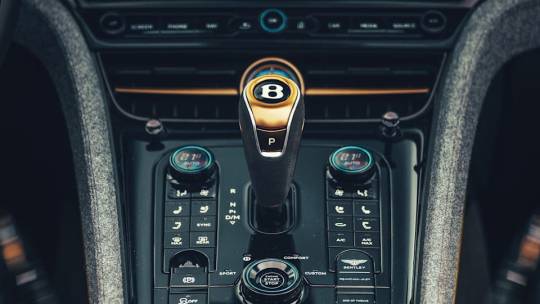


Bentley Mulliner Bacalar (1 of 12).
Bentley’s Mulliner division is bringing something very close to traditional coachbuilding back. The 2021 Bentley Mulliner Bacalar is a stunning roofless barchetta based on the Continental GT Convertible, but with completely different bodywork.
Mulliner maked 12 of the Bacalar, all of which have already been sold to the sort of ultra-rich buyers who flock to such ultra-limited editions. However, the company says this is just a toe in the water for what is set to become a growing part of its business.
Bacalar shares all of its substructure and mechanical package with the Continental GT Convertible, but the aluminium and carbon-fibre bodywork is all new.
But the concept sits on the same GTC underpinnings, meaning a 484kW version of Bentley’s 6.0-litre W12 engine with drive dispatched to all four corners through a twin-clutch gearbox.
Bentley reckons the Bacalar is fastest-ever open-topped road car, estimating a 0–100km/h time of 3.5 seconds and a top speed of over 320km/h.
Bentley’s twin-clutch transmission can deliver lightning fast changes, but it is also adept at replicating torque converter smoothness at lower speeds. It be possible to travel very quickly in the Bacalar, but gentle is going to suit it better.
40 notes
·
View notes
Photo
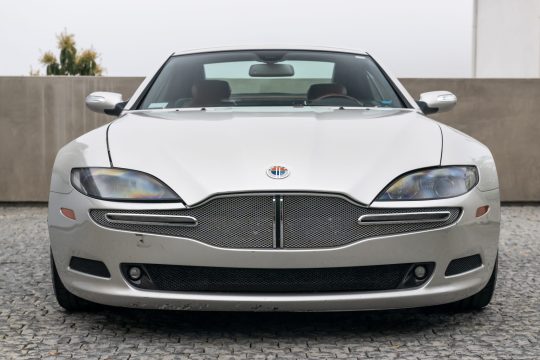

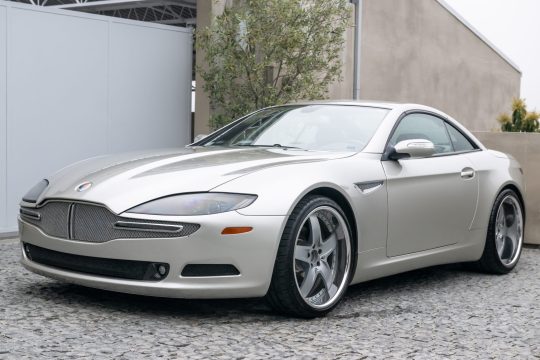
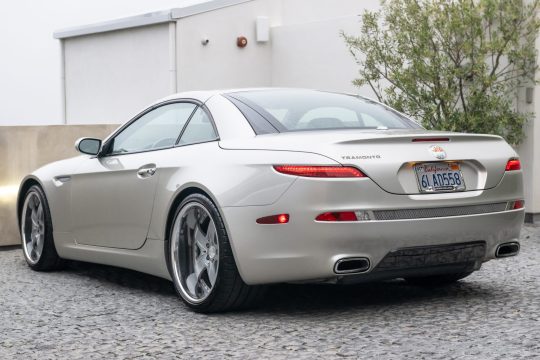


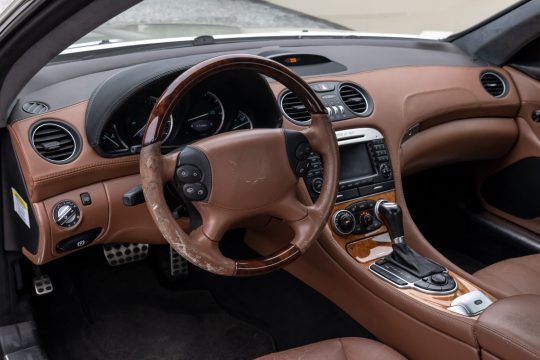


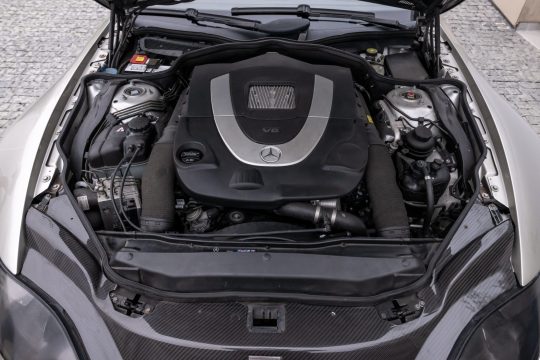
Fisker Tramonto (1 of 15).
The Tramonto had a planned run of 150 cars, though production ended after the completion of 15. The Tramonto is powered by a 5.5-liter Mercedes-Benz V8 paired with a seven-speed automatic transmission. That was factory rated at 382 horsepower and 391 lb-ft of torque.
This unit was built using a 2007 SL550 and features hand-built aluminum and carbon-fiber bodywork. Equipment includes a power-retractable hard top, fog lights, chrome-finished side vents, and side view mirrors with integrated turn signals.
46 notes
·
View notes
Photo
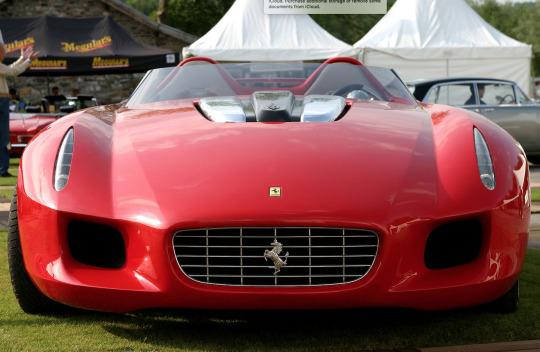


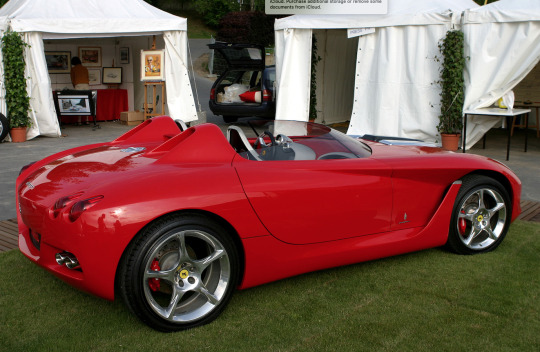

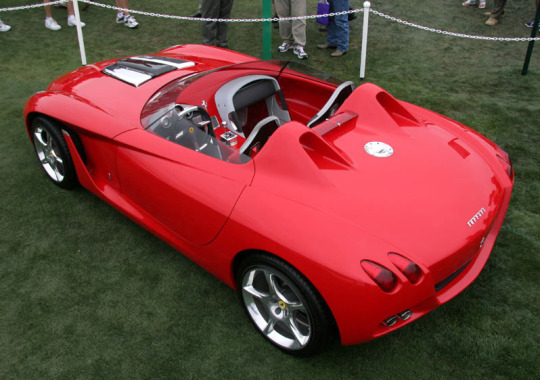




Ferrari Rossa by Pinifarina
There have been a lot of special Ferraris throughout the years, some more interesting than others, but basically all extremely valuable among collectors. The one-of-one Rossa wasn’t entirely built by Ferrari as it started out in life as a 550 Maranello before Pininfarina worked its magic to turn it into a retro-flavoured speedster.Created to celebrate the design house’s 70th anniversary, the Rossa is technically a concept car and as such, it can’t be legally driven on public roads, but bear in mind it’s entirely functional. Pininfarina kept the car up until 2007 and then eventually sold it and now it’s in a private collection among other amazing prancing horses, including the legendary F40.
Pininfarina not only changed the shape and styling of the 550 Maranello, but it also modified the interior to harken back to the old days. I are not particularly fond of the screen mounted on the centre console, but perhaps I are just nitpicking. Like the donor car, the one-off Rossa has kept the lovely gated shifter of the manual gearbox while replacing the dials and steering wheels with something a bit more retro.
The styling might not be for everyone, although there’s no doubt it’s an interesting concept.
As you may recall, the folks from Maranello launched a special car similar in philosophy with Pininfarina’s Rossa, the Monza SP2 speedster set to go into limited production. Together with the single-seater Monza SP1, these two are part of a Icona series, so you can rest assured there are going to be more prancing horses that’ll look back at the company’s illustrious past.
72 notes
·
View notes
Photo
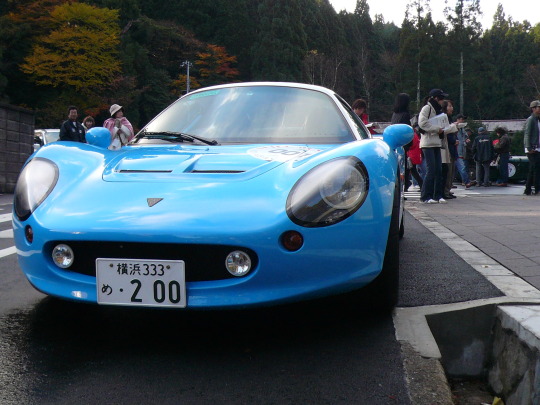
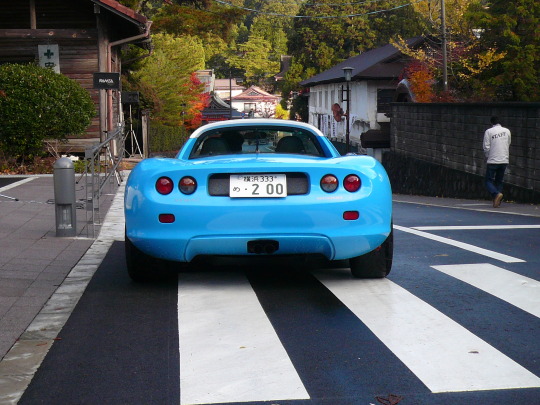

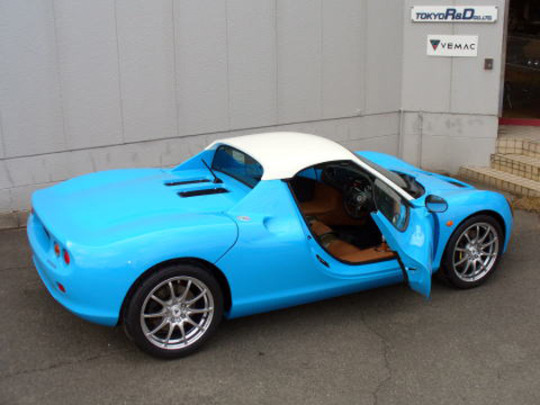
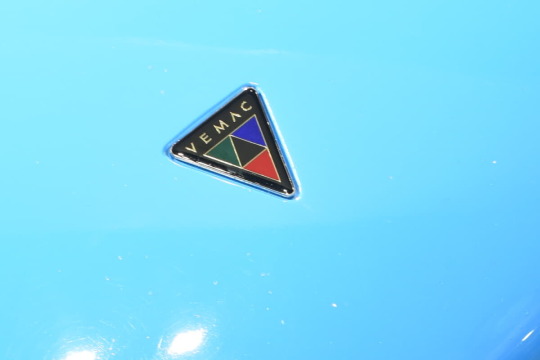
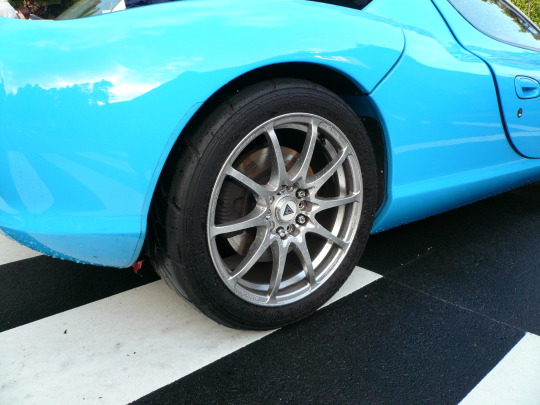
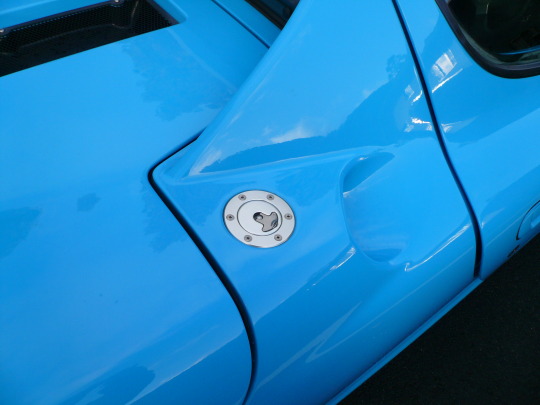

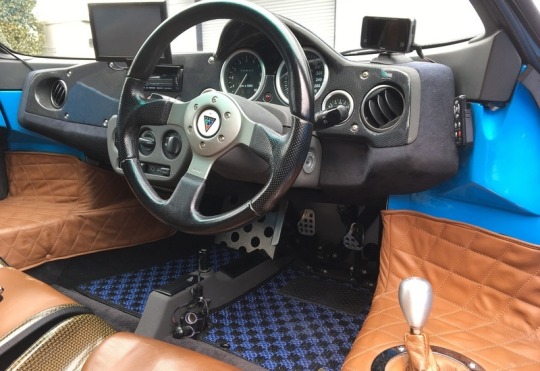
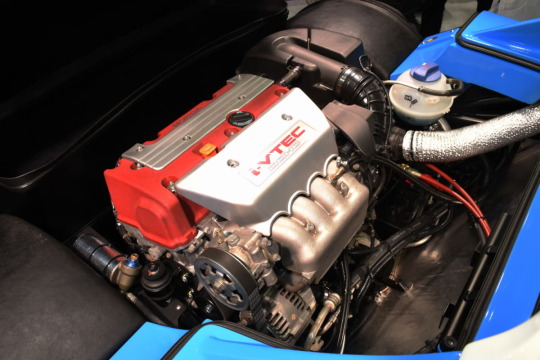
Vemac RD200
The original Vemac was powered by the old Japanese domestic market Integra Type-R’s 1.8-litre four placed longitudinally with a bespoke gearbox. These days it’s powered by the JDM Civic Type-R’s 2-litre ‘K20’ unit, sitting transversely in the car, allowing the Civic’s superb six-speed to be retained, but at the cost of raising the car’s centre of gravity a fraction. That should hardly be noticeable, but the power hike from the old 180 to 220PS (217bhp) certainly should be.The Vemac’s carbon and Connolly leather seats feel even lower than the Exige’s and the gearlever is on the driver’s right, mounted on the leather-clad door sill. Standard equipment includes electric windows and air-con strong enough to cope with Japan’s 40C, 90 percent humidity summers, and enough leg- and headroom to accommodate anyone up to 6ft 4in comfortably.The V-TEC motor positioned directly behind the driver’s head makes plenty of noise, which should give some clue as to how truly hardcore a machine the RD200 is.
Keeping the V-TEC in its 6000rpm-plus sweet-zone is easy thanks to that slick type-R box, and acceleration through the gears is as smooth as it is rapid. You can easily find yourself bouncing off the 9000rpm rev-limiter. Vemac doesn’t have an official 0-60 time for the RD200. Steering is light, transmitting every ripple and dip in the road through the wheel, which is a good thing at speed on well-kept roads, though it can lead to tramlining on well-worn highways. The suspension features fully adjustable Showa dampers.In essence, the Vemac is a race-bred track car that can be used every day.
57 notes
·
View notes
Photo

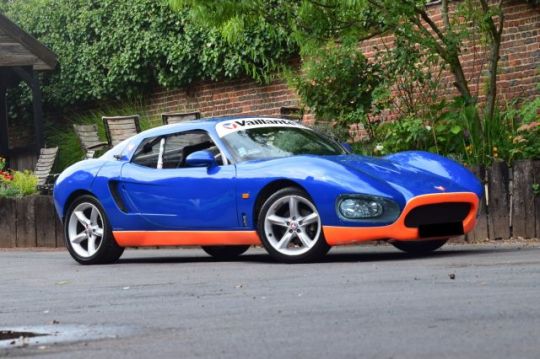

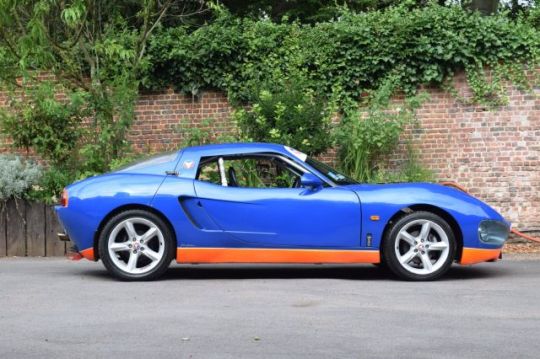


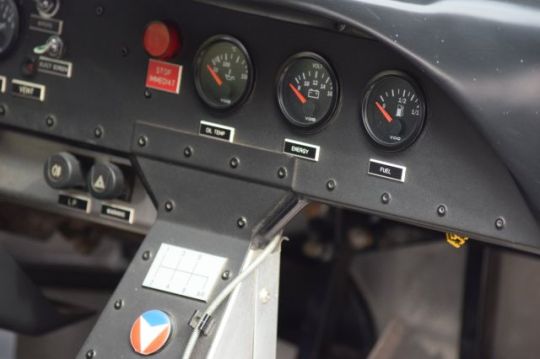


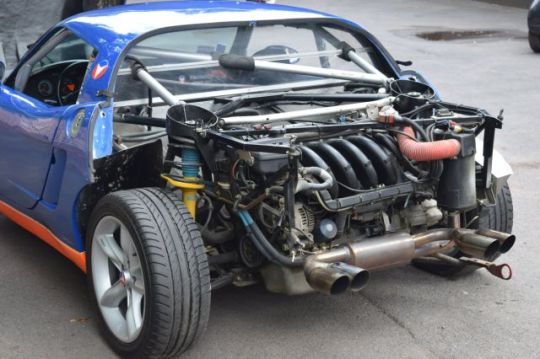
Hommel Vaillant 'Grand Défi' Coupé (1 of 16).
Taking the name of a fictional character created in 1957 by graphic artist Jean Gratonfrom in comic strips first published in Tintin magazine, the Vaillant 'Grand Défi’ was an edition of 16 cars built for the 3COM Star Challenge, a race series featuring French sports and media celebrities. Mechanically, the components were taken from large-scale production, in particular from PSA. The 2.0 litre 16-valve DOHC 4-cylinder engine with 155 bhp (located in the centre rear position) and the 6-speed gearbox were taken from the Peugeot 306 S16. The suspension, with double wishbones, and the ventilated disc brakes are those of an authentic racing car. The performance is up to expectations, with a top speed of 222 km/h and a standing start kilometre in just over 28 seconds.
44 notes
·
View notes
Photo


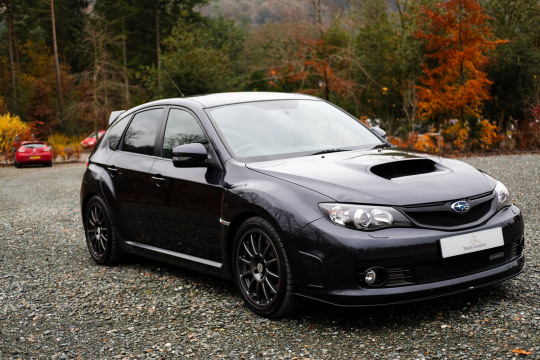
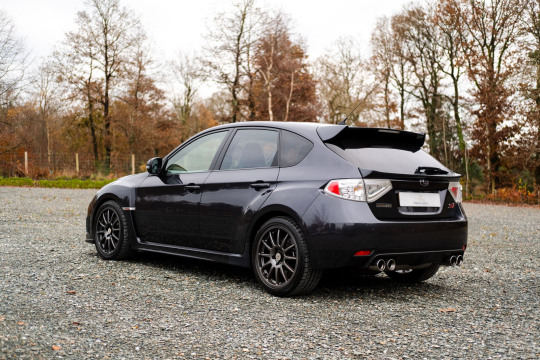
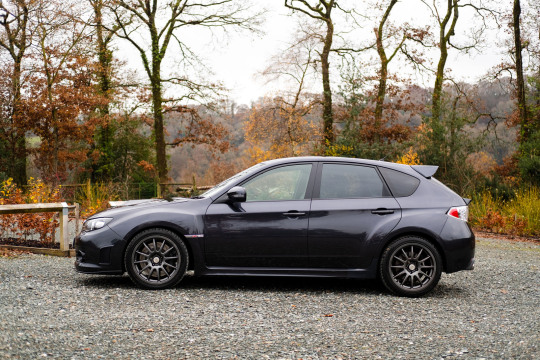

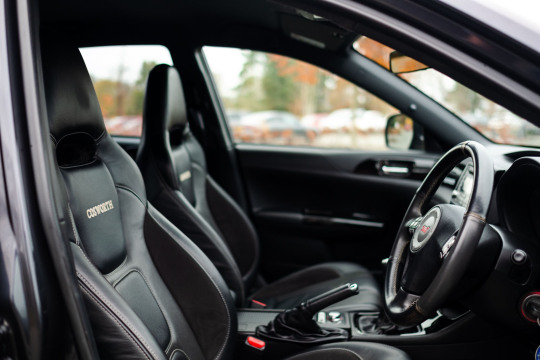

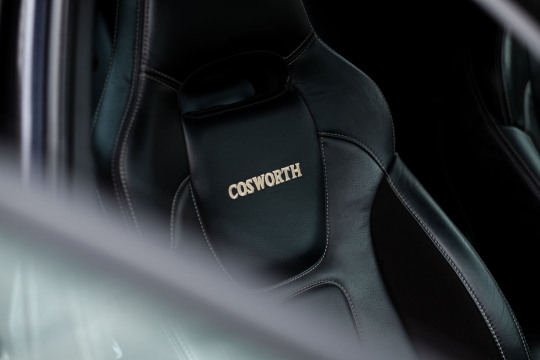

Subaru Impreza STi Cosworth CS400 (1 of 75).
The Subaru Impreza became popular during the 1990's when the likes of the late Colin Mcrae and Richard Burns flew through the rally stages dominating the WRC. This certainly sparked a huge interest and following for the Subaru Impreza, which led to models such as the type RA and WRX being imported from Japan. After the hugely successful first and second generations, Subaru gave us the third generation.
This was launched in April 2007 at the New York Motor Show, with the WRX STI following close by in October 2007. Available as a 5-door hatchback model, this was something quite different to previous 4-door saloon versions of the Impreza. When the STI was launched it had gained some width, (56mm), and some extra track, (38mm), which improved handling. This was a bonus with the extra power from the flat-four turbocharged Boxer engine producing 303bhp.
This level was stepped up when Cosworth tuners breathed their magic into the Impreza, and the result was the Subaru Impreza WRX STI CS400. This model became the fastest roadgoing model made by Subaru with 0-62 in 3.7 seconds, a standing quarter mile 12.75 seconds and limited to 155mph. The CS400 was limited to Great Britain, all right-hand drive and just 75 made.
45 notes
·
View notes
Photo




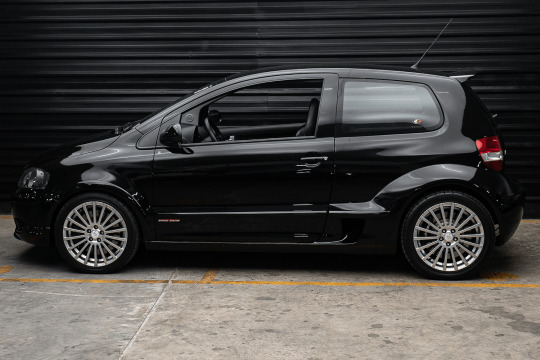



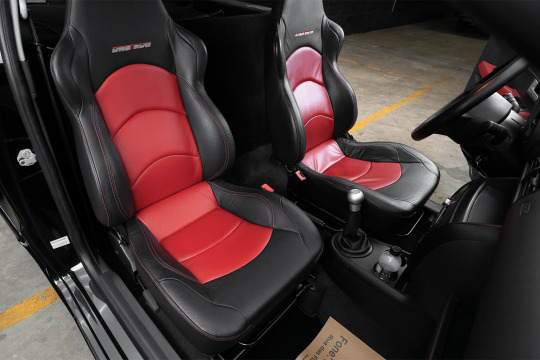

Volkswagen Fox VR6 Biturbo RWD
Project inspired by the European Renault Clio V6 (two seats and V6 engine in the rear axle) and executed in EBTech by the creators of Lobini. Structural changes were carried out with the chassis integrated into the monoblock and the construction of the subframe that adds an engine and suspension and hitch to the monoblock. Design of cooling systems, brakes, power steering, transmissions and electrical. The interior received two-tone Rallye Design leather seats and the rear seats were strongly removed to make room for the massive mid-engine, the 300hp, 45kgfm twin-turbo VR6 rear-wheel drive. The suspension features adjustable dampers and 330mm disc brakes with Wilwood 4-piston calipers. Oh, and yes... it's for sale! About 40.000 $
37 notes
·
View notes
Photo
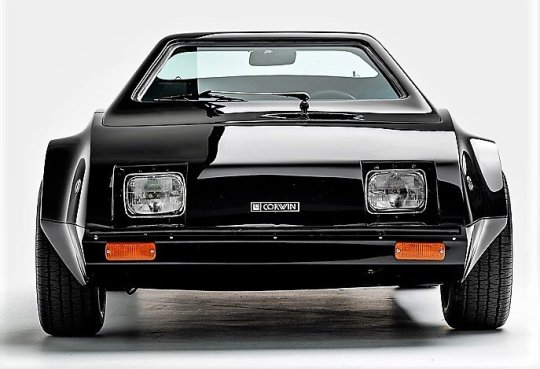

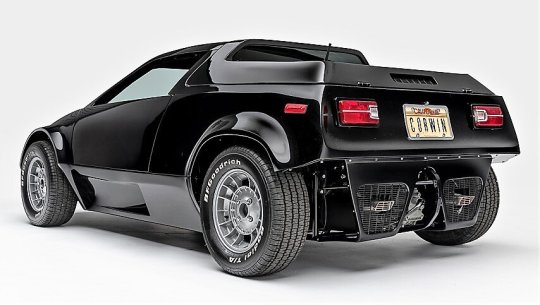
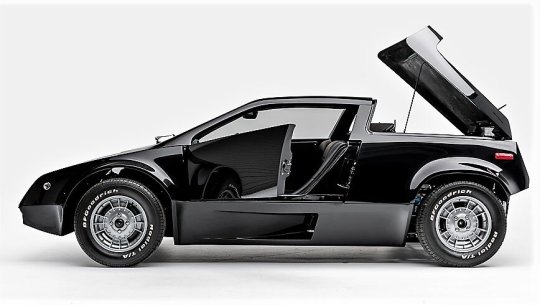
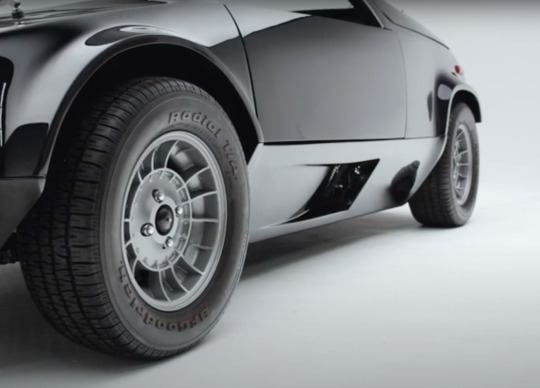



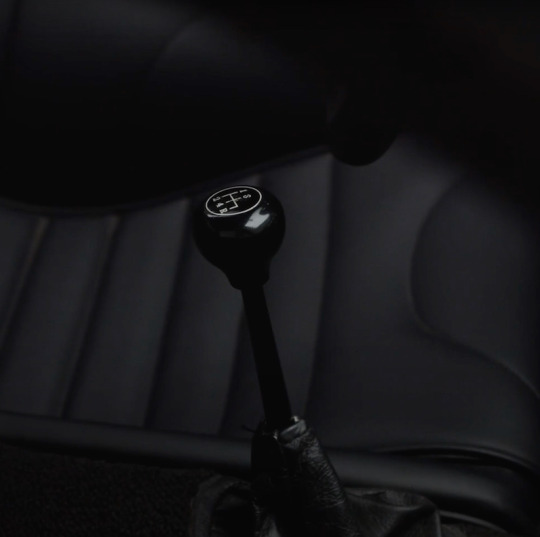
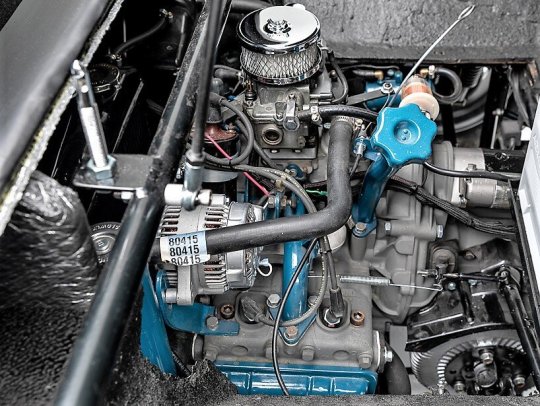
Corwin Getaway (1 of 1).
While the 1969 Corwin Getaway is just a footnote in automotive history, it represents something of a landmark in African-American history, being the only instance on record that a Black visionary created a vehicle planned not just for himself but for his community.
Cliff Hall was chief photographer for the Los Angeles Sentinel, a Black-owned weekly newspaper, when he hit on the idea of producing a small, maneuverable car for LA commuting that would be built right in the city, thus providing jobs and design opportunities for people in the poorer sections of LA. Hall completed a prototype of the Corwin, which he showed around the city, even presenting it at the 1970 Los Angeles Auto Show. It received an enthusiastic response from a number of Black celebrities, including Muhammad Ali, Sidney Poitier and Marvin Gaye.
He didn’t want any more big cars in the LA area either because of its traffic problems, and he thought a small car that was nippy and rational would be absolutely perfect for the city. The chassis and body were all designed by Hall, and it has a sleek body too with no air intake at the front.
It's incredibly aerodynamic looking, and Kendall says it might have a great drag coefficient should it ever end up in a wind tunnel. What Hall designed was a little, mid-engine car that managed to get a lot of attention. But Hall himself never got the money to put the car in production, and it remained a one-off creation.
43 notes
·
View notes
Photo
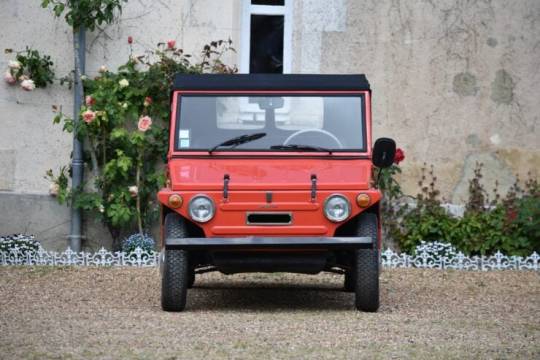
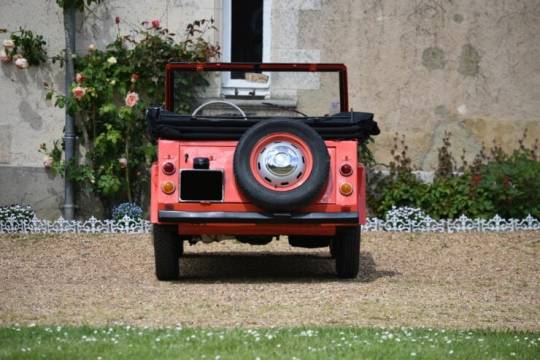







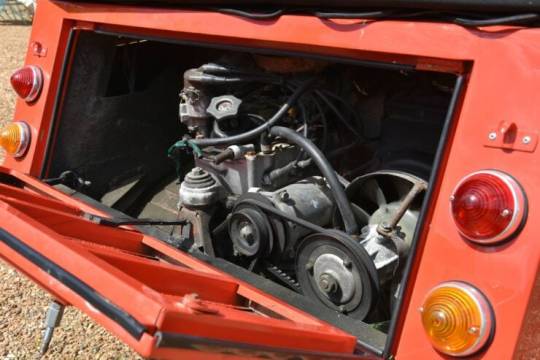
Fiat 600 Jungla
The Jungla, Italian for “Jungle,” was designed at the request of Fiat supremo Gianni Agnelli who wanted a vehicle to compete with the popular Mini Moke, and perhaps to win the company some military contracts. Just 3,200 or so were made between 1965 and 1974. Emphasizing simplicity as a design criterion, the Fiat Jungla boasted a utilitarian, squared-off metal body, providing space for four adults and up to 40 kilograms of luggage, cargo, or beach equipment. Leveraging the mass production of the Fiat 600, a popular and affordable car in Italy at the time, the Jungla was based on the same platform to ensure cost-effective, efficient production and broad parts availability.
Powering the vehicle was a 767cc inline-four cylinder, overhead valve engine borrowed from the Fiat 600, with power transmitted through a 4-speed manual gearbox to the rear wheels. Despite its modest output of 32 bhp, the low curb weight of 578 kilograms allowed for a respectable top speed of 95 km/h, depending on the load. Though of course, it woulds take a driver with significant courage to actually achieve that speed on Italy’s twisting coastal roads.
While initially intended for military use, the Jungla only saw very limited adoption by the Italian armed forces. That said, it found favor with the Italian Forestry Service and the Carabinieri who ordered some for specialist roles.
Interestingly, the Savio Jungla became particularly popular among affluent vacationers in France, Italy, and Monte Carlo. With their open-top configuration, these four-seaters offered a simple means of transportation for short trips from their hillside manor houses to the waterfront.
Notably, the Kelly 600 variant of the Fiat Jungla gained significant recognition. This special edition featured a tasseled folding fabric roof, woven rattan seats, and other rattan accents. Produced by a Fiat dealership based in Monaco, original examples of the Kelly 600 have become highly sought-after and valuable collector’s items.
To shield occupants from the sun, many of these cars were fitted with simple canvas tops as mentioned above, while rattan seats were often preferred for their ability to accommodate individuals who were still damp from swimming in the sea.
Similar to the Savio Jungla, the Mini Moke and the French sibling, the Citroën Méhari, were also commonly seen at waterfront establishments during that era. The Méhari bore a striking resemblance to the Jungla, leading many to speculate that it drew direct inspiration from the Italian vehicle, appearing on the market just three years later.
43 notes
·
View notes